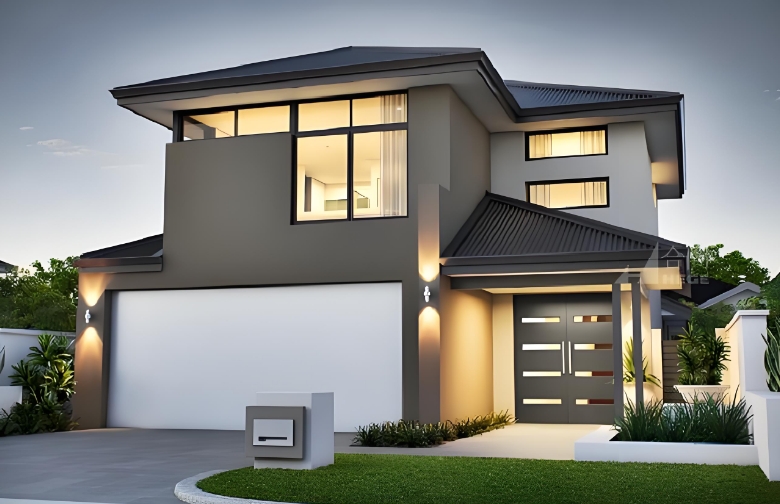Light steel villa Corrosion resistance of light steel keel
Light Steel Villa corrosion resistance analysis of light steel keel
Material and plating process
Aluminum-zinc alloy coating
The core material of Light Steel Villa is hot dipped aluminum-zinc plated steel plate (55% aluminum + 43.4% zinc + 1.6% silicon),
which is cured at high temperature of 600℃ to form a dense tetrameric eutectic structure, which can effectively block the penetration of water vapor and oxygen,
and has the corrosion resistance of ordinary galvanized steel plate 2-3 times.
The thickness of galvanized coating is usually ≥120g/m², and in coastal areas with high humidity,
it needs to be additionally thickened to 275g/m² to ensure that there is no rust and corrosion in the long-term exposure environment.
Galvanizing process reinforcement
Part of the keel adopts double-layer galvanizing process (e.g. Galvanized Steel C Channel), the surface layer of galvanized layer combined with the bottom layer of aluminum-silicon alloy,
to further enhance the resistance to acid rain and salt spray, and the applicable service life can be more than 50 years.
Structural Design and Protection Measures
Closed section design
The light steel keel adopts C/U type closed section to reduce the internal exposure area, combined with sealant to fill the joints to prevent moisture intrusion leading to galvanic corrosion.
Auxiliary protective coating
Some high-end villa projects spray epoxy resin or polyurethane coating on the surface of the keel to enhance acid and alkali resistance and UV protection,
which is suitable for chemical pollution areas or strong sunshine environment.
Environmental Adaptability Verification
In the salt spray test (ASTM B117 standard), the standard aluminum-zinc coated light steel keel can withstand 1000 hours without red rust, which meets the requirements of the building code in coastal areas.
Actual cases show that after 10 years of use in Southeast Asia, where humidity is >80%, the loss rate of the keel plating is <5%, and no additional maintenance is required.
Comparison with traditional materials
The corrosion resistance of light steel keel is significantly better than traditional reinforced concrete (easy to carbonize and crack) and ordinary galvanized steel (fast loss of coating),
and no need to regularly paint antirust paint, reducing the whole life cycle maintenance costs.

In summary: The excellent corrosion resistance of lightweight steel keels is achieved through aluminum-zinc alloy plating, closed structures and secondary coatings,
making them suitable for use in harsh environments such as high humidity, high salt, and strong acid rain.


